Managing Japanese Spirea – How To Control Japanese Spirea Plants
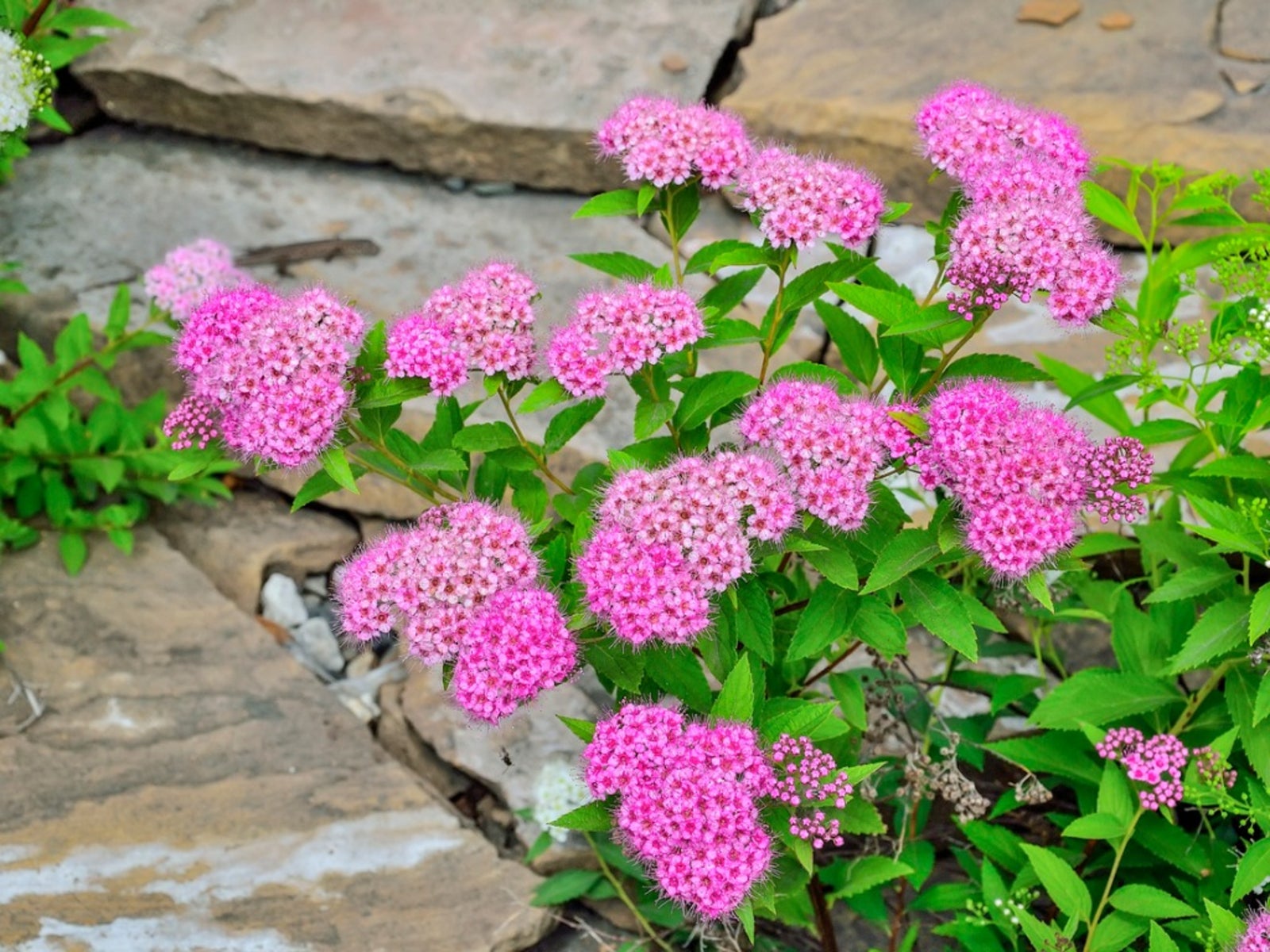
Japanese spirea is a small shrub native to Japan, Korea, and China. It has become naturalized throughout much of the northeast, southeast, and Midwestern United States. In some states its growth has become so out of control it is considered invasive and folks are wondering how to stop the spread of Japanese spirea. Managing Japanese spirea or other methods of spirea control are reliant on learning about how the plant propagates and distributes.
About Spirea Control
Japanese spirea is a perennial, deciduous shrub in the rose family. It generally attains a height of four to six feet (1-2 m.) across and wide. It has adapted to disturbed areas such as those along streams, rivers, forest borders, roadsides, fields, and areas of power lines.
It can rapidly take over these disturbed areas and overtake native populations. One plant can produce hundreds of tiny seeds that are then dispersed via water or in fill dirt. These seeds are viable for many years which make managing Japanese spirea difficult.
How to Control Japanese Spirea
Japanese spirea is on the invasive list in Kentucky, Maryland, North Carolina, New Jersey, Pennsylvania, Tennessee, and Virginia. It grows rapidly, forming dense stands creating shade that impedes the growth of native plants and causing an ecological imbalance. One way to stop the spread of this plant is not to plant it at all. However, given that seeds survive in the soil for many years other routes of control must be utilized.
In areas where the population of spirea is sparse or in areas that are environmentally susceptible, one way to stop the spread of Japanese spirea is to cut or mow the plant. Repeated mowing of the invasive plant will slow its spread but not eradicate it.
Once spirea has been cut back it will re-sprout with a vengeance. This means this method of managing will be never ending. Stems need to be cut back at least once each growing season prior to seed production as close to the ground as possible.
Another method of spirea control is the use of foliar herbicides. This should only be considered where the risk to other plants is minimal and when there are large, dense stands of spirea.
Gardening tips, videos, info and more delivered right to your inbox!
Sign up for the Gardening Know How newsletter today and receive a free copy of our e-book "How to Grow Delicious Tomatoes".
Foliar applications can be made at most any time of the year provided the temperature is at least 65 degrees F. (18 C.). Effective herbicides include glyphosate and triclopyr. Follow the manufacturer’s instructions and state requirements when using chemical controls to stop the spread of Japanese spirea.

Amy Grant has been gardening for 30 years and writing for 15. A professional chef and caterer, Amy's area of expertise is culinary gardening.
-
 Types Of Tomatoes Explained: Explore The Many Wonderful Shapes, Colors, Flavors, & Best Uses
Types Of Tomatoes Explained: Explore The Many Wonderful Shapes, Colors, Flavors, & Best UsesThe world of tomato varieties is vast and fascinating. Learn about the key types to grow in your garden, tailored to your preferences and space.
By Amy Grant
-
 Try The Trend – Turn Any Bed Into A Keyhole Garden With This Clever In-Ground Composter
Try The Trend – Turn Any Bed Into A Keyhole Garden With This Clever In-Ground ComposterKeyhole gardening is an efficient and sustainable practice that saves space. Get started on this DIY project quickly and easily with an in-ground composter.
By Bonnie L. Grant
-
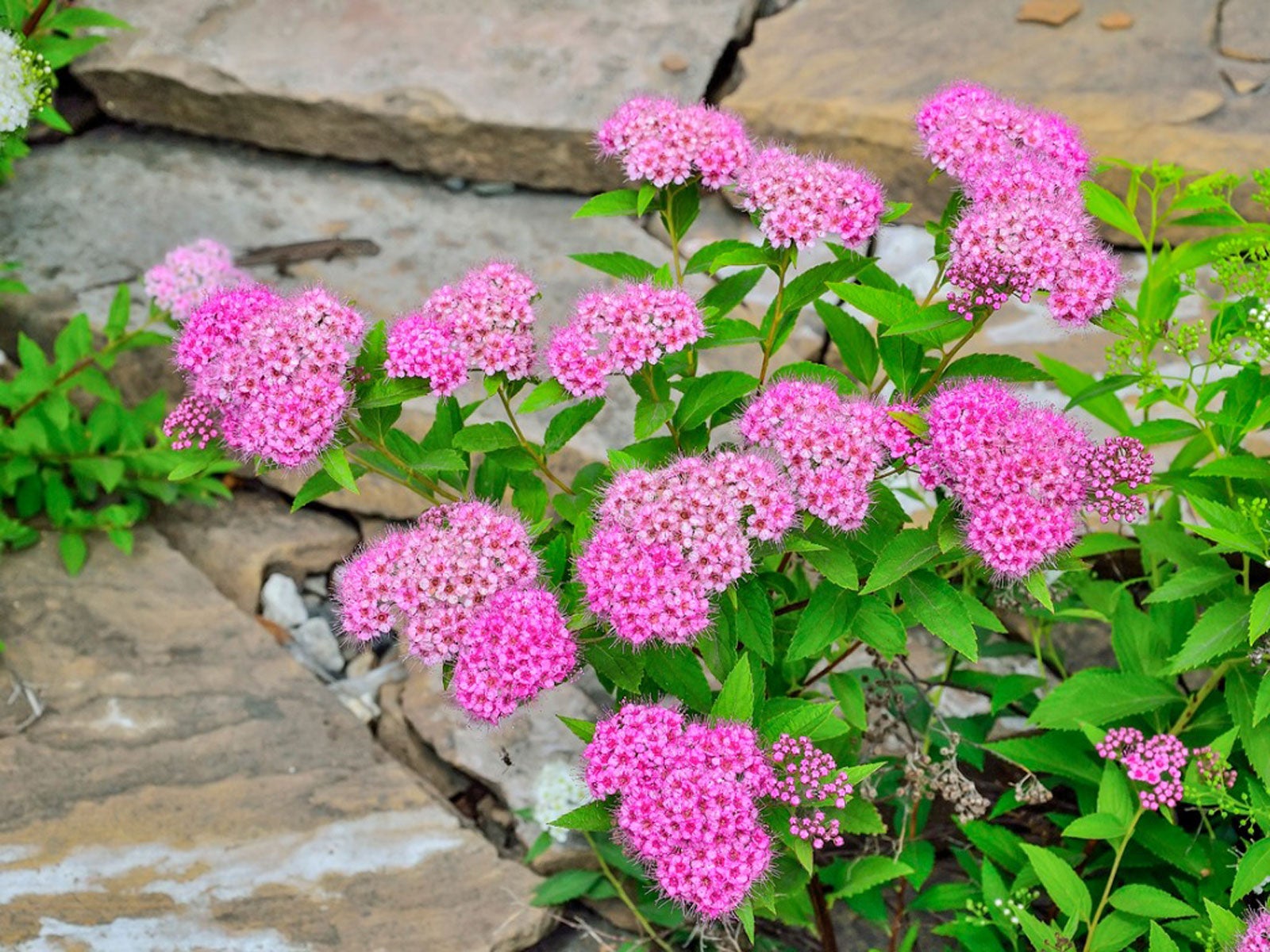 Managing Japanese Spirea – How To Control Japanese Spirea Plants
Managing Japanese Spirea – How To Control Japanese Spirea PlantsA small, pretty shrub, Japanese spirea has become naturalized throughout parts of the U.S. and may be invasive in some areas.
By Amy Grant
-
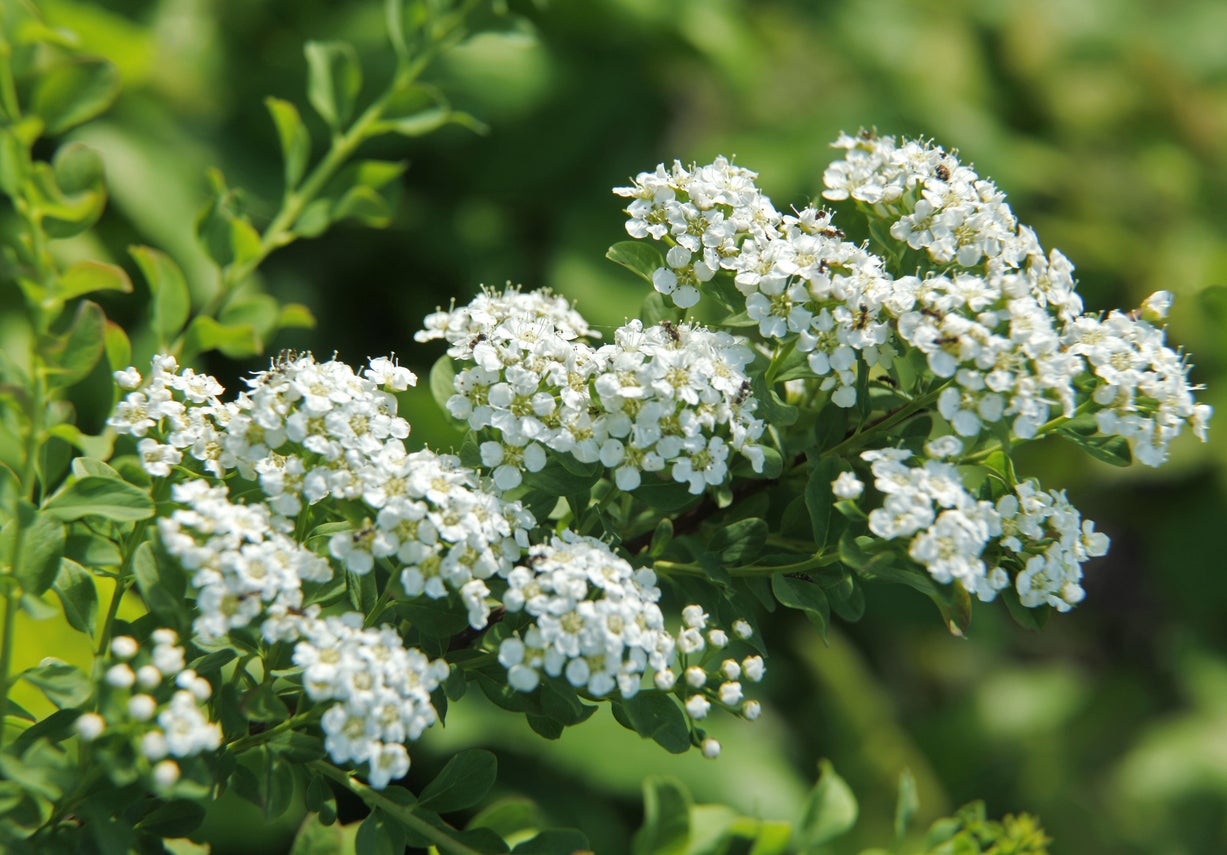 Pruning Spirea: Tips For Cutting Back Spirea Shrubs
Pruning Spirea: Tips For Cutting Back Spirea ShrubsPruning spirea after a couple of years will rejuvenate the plant. The following article contains information on how to prune spirea along with other helpful tips for cutting back spirea shrubs in the landscape. Click here to learn more.
By Amy Grant
-
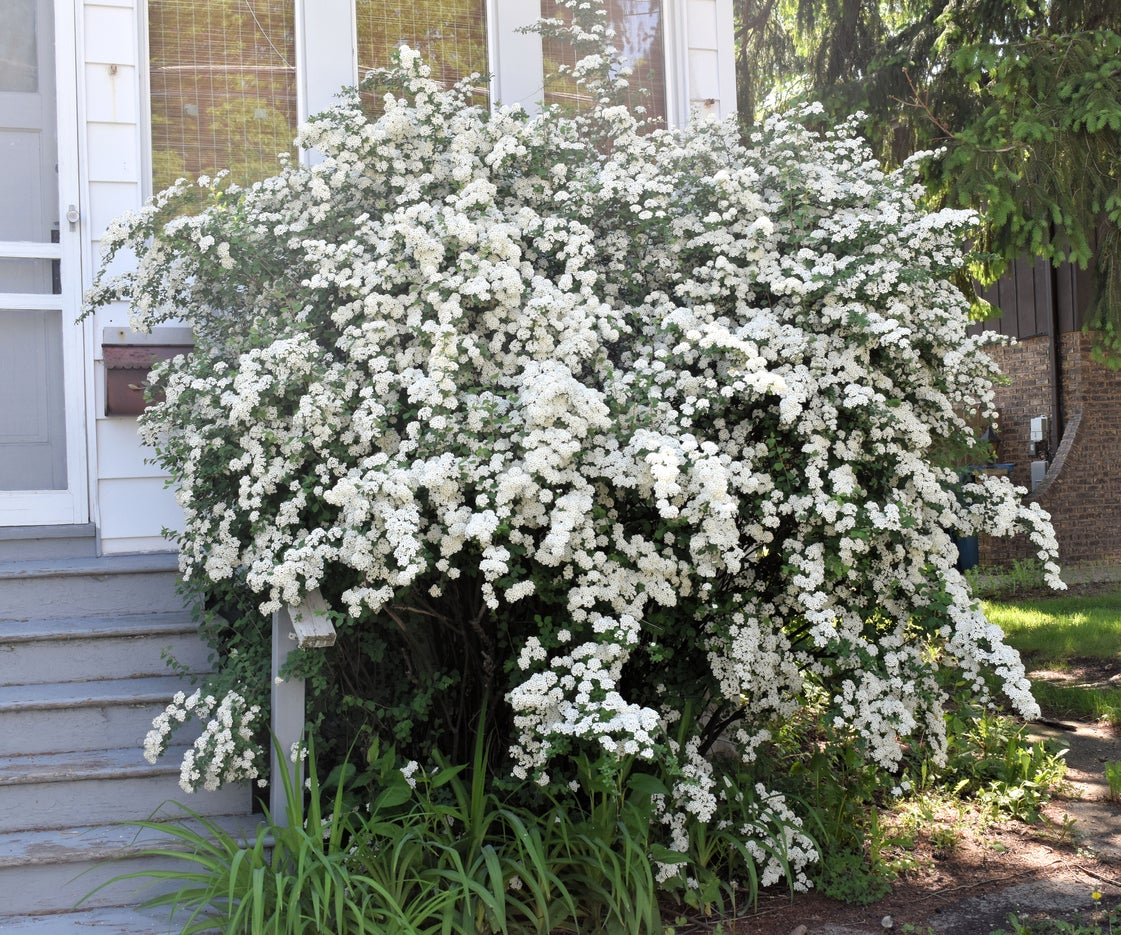 Spirea Plant Varieties: Learn About Different Kinds Of Spirea Bushes
Spirea Plant Varieties: Learn About Different Kinds Of Spirea BushesIf you go to the plant store, you may be surprised by how many types of spirea are available in commerce. Click on this article for an overview of the different spirea plant varieties as well as exceptional spirea cultivars.
By Teo Spengler
-
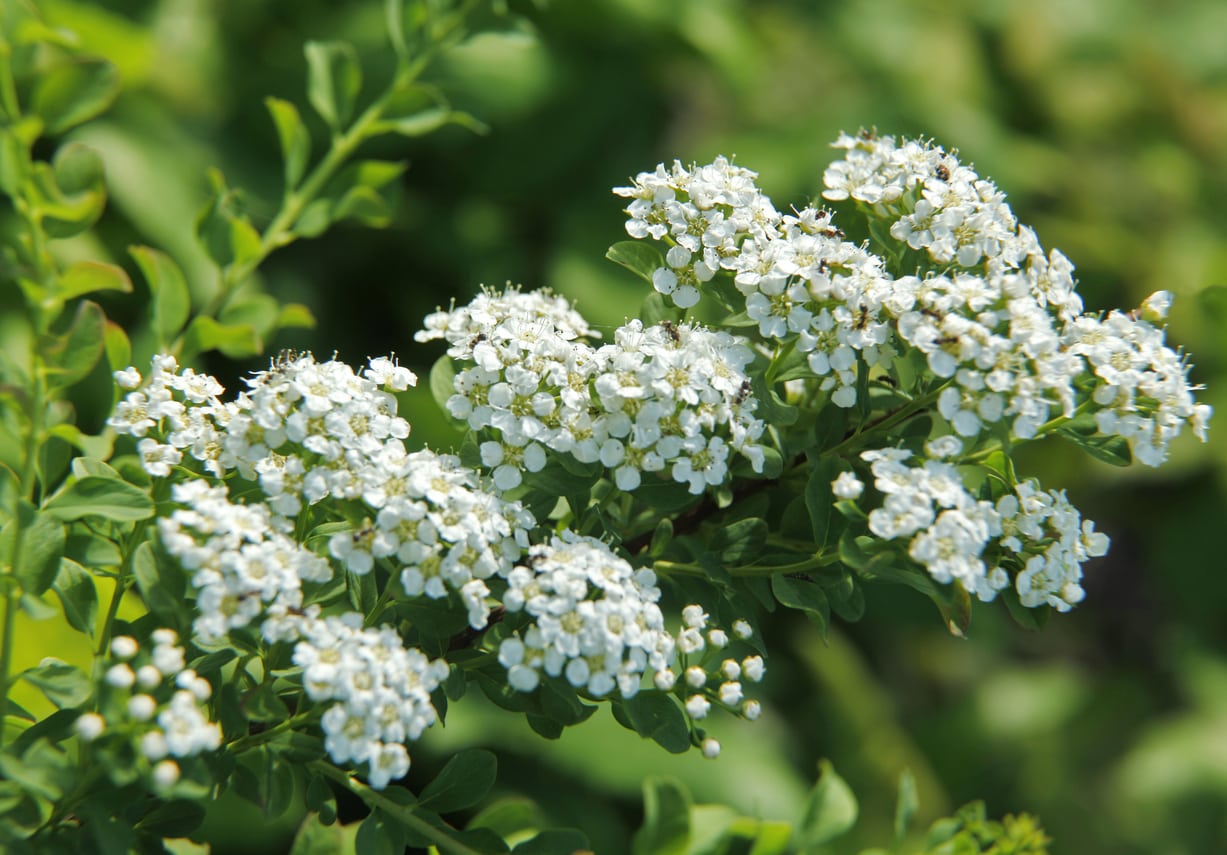 Pruning Spirea Shrubs: Learn About Trimming Spirea Plants
Pruning Spirea Shrubs: Learn About Trimming Spirea PlantsSpirea is a lovely foundation plant, providing greenery and flowers. But it’s a common complaint that these small shrubs start to look ugly after a season or two. The solution is simple: trimming spirea plants keeps it looking attractive year after year. Learn more here.
By Mary Ellen Ellis
-
 What Is Ogon Spirea: Growing A Mellow Yellow Spirea Plant
What Is Ogon Spirea: Growing A Mellow Yellow Spirea PlantVarieties such as Ogon spirea promise growers a profusion of flowers in the springtime, followed by stunning bronzed foliage each fall. Best of all, their robust nature and long life span make spirea shrubs like this an investment worth making. Click here for more info.
By Tonya Barnett
-
 How To Transplant Spirea Bushes: Learn When To Move Spirea Bushes
How To Transplant Spirea Bushes: Learn When To Move Spirea BushesWhether you have one in a container that you want to move to the garden, or you have an established plant that needs to move to a new spot, sometimes spirea bush transplanting is necessary. Keep reading to learn more spirea transplanting info.
By Liz Baessler
-
 Growing Spirea Shrubs: Information On How To Care For Spirea Bushes
Growing Spirea Shrubs: Information On How To Care For Spirea BushesSpirea bushes are a joy. They're beautiful, they grow quickly and are easy to care for. What's not to love?
By Susan Patterson